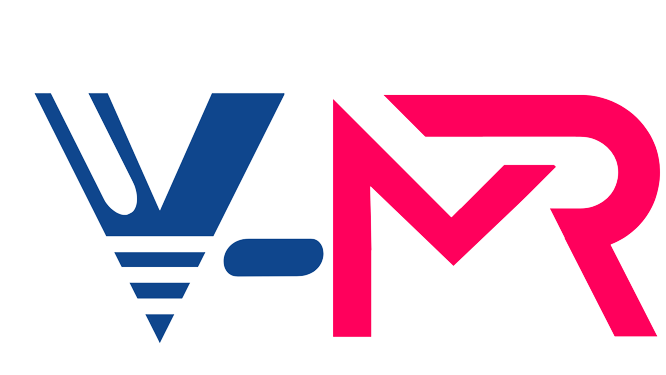Who else wants to know about Top Companies in Low Power Next Generation Display Market Read this
Low Power Next Generation Display Market: By Type, Application, and Region.

Market Overview:
According to Vantage market research, the Global Low Power Next Generation Display market is valued at USD 120.4 Million in 2021 and estimated to reach a value of USD 193.9 Million by 2028 at a CAGR of 7.1% during the forecast period, 2022–2028 The major driving factors that bolster the growth of low power next-generation display market are the use of contact screens with various pixel choices, low power utilization display frameworks and the use of high-resolution gadgets with adaptable displays. In addition, due to the various technological advancement in the display, the manufacturer provides advanced display products with low power consumption. In addition, evolving way of life, the development of technologically advanced electronic items, and increasing discretionary cash flow are propelling the growth of the low power next-generation display market in the years to come.
High assembling cost for display purposes is one of the reasons to propel the growth of the low power next-generation display market. In addition, advancements in nanotechnology and optoelectronics have provided elevated display systems to consumers. This advancement in the display system provides various features such as improved backdrop illumination, high-resolution systems, and better presentation quality. Therefore, all these factors are responsible for the growth of the low-power next-generation display market in the next few years.
Following are the top 10 companies in the Global Low Power Next Generation Display market:
|
Company Name |
Revenue in USD |
|
$58 Billion |
|
$1 Billion |
|
$236 Million |
|
$9 Billion |
|
$24 Million |
|
$23 Billion |
|
$23 Billion |
|
$26 Billion |
|
$56 Billion |
|
$75 Billion |
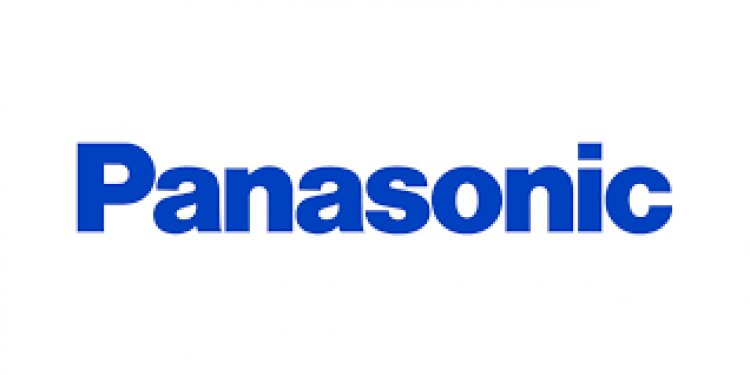
Panasonic Corporation is involved in developing diverse electronics technologies and solutions for customers in the consumer electronics, housing, automotive, and B2B businesses. The company has expanded globally and now operates 528 subsidiaries and 72 associated companies worldwide. The company's subsidiaries include Panasonic Avionics Corporation, Panasonic Electric Works, Universal Lighting Technologies, Kawakita Denki Kigyosha, Sanyo Electric Co., Ltd., and Anchor Electricals among others. Panasonic offers a wide range of products and services, including air conditioners, refrigerators, washing machines, compressors, lighting, televisions, personal computers, mobile phones, audio equipment, cameras, broadcasting equipment, projectors, automotive electronics, aircraft in-flight entertainment systems, semiconductors, lithium batteries, electrical components, optical devices, bicycles, electronic materials, and photovoltaic modules. Ventilation appliances such as electric fans are manufactured under KDK and rebranded as Panasonic. The company serves its product in domestic as well overseas markets.
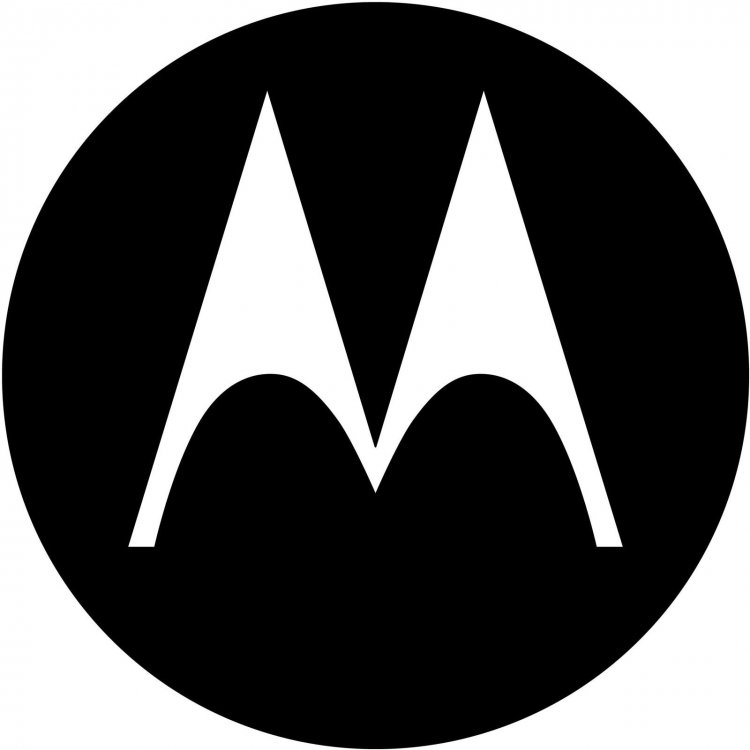
Motorola, Inc. is a leading designer and manufacturer of cellular phones, cordless phones, two-way radios, pagers, cable modems, broadband set-top boxes, and other communications products and systems. The company is the world's number two maker of mobile phones (trailing Nokia Corporation), with a market share of about 17 percent, and is number one worldwide in two-way radios. Through its Semiconductor Products Sector, Motorola is also the world's leading producer of embedded processors, with an emphasis on such high-growth areas as wireless communications, transportation, and Internet networking. Additionally, Motorola's Integrated Electronic Systems Sector designs and manufactures a wide variety of electronic components and systems for the automotive, computer, industrial, transportation, navigation, energy, consumer, and lighting markets. Nearly 60 percent of Motorola's sales are generated outside the United States.
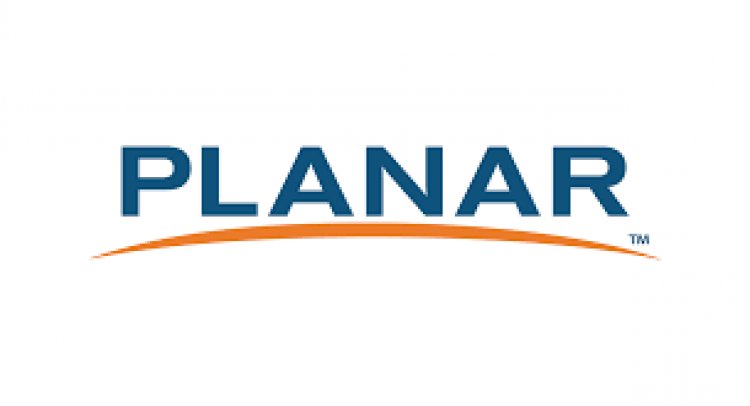
Planar Systems, Inc. is a digital display manufacturing corporation with a facility in Hillsboro, Oregon. Founded in 1983 as a spin-off from Tektronix, the company was the first U.S. manufacturer of electroluminescent (EL) digital displays. The company makes a variety of other specialty displays. The company is a subsidiary of Leyard Optoelectronic Co. World-class Planar display solutions combine best-in-class image performance with innovative features and leading-edge craftsmanship to suit the unique needs of every viewing application. From the largest and highest resolution LED and LCD video walls to seemingly impossible transparent OLED, always-on LCD digital signage, and borderless curved desktop monitors.
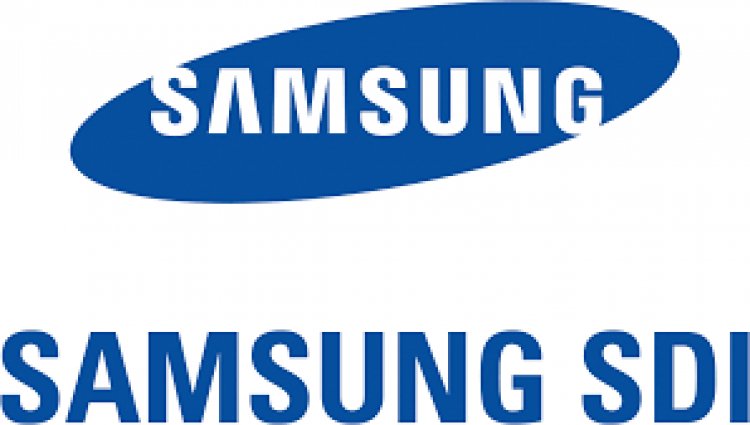
Samsung SDI Co., Ltd. is a battery and electronic materials manufacturer headquartered in Yongin, Gyeonggi-do, South Korea. The company operates its business with Energy Solutions and Electronic Materials segment. The Energy Solution segment manufactures rechargeable batteries used for IT device, automotive, and Energy Storage System (ESS) applications, and the Electronic Materials segment produces materials for semiconductors and displays. The company's ESS technology is able to meet various needs of the users and provides customized solutions for the various purposes of the electric power market. This technology provides not only the economy but also strong reliability through its long-lasting life, safety, and excellent performance.
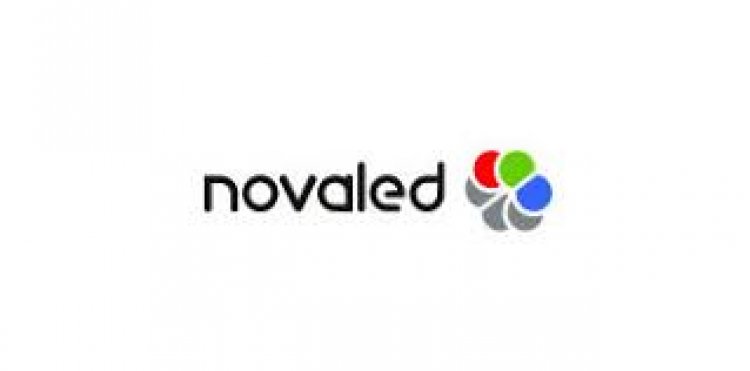
Novaled helps organic light-emitting diode (OLED) manufacturers produce better, more efficient, longer-lasting products. The company conducts contract R&D and sells chemical materials used to make OLEDs. Display makers including Samsung and LG use the company's materials to produce smartphones, tablets, and flat panel display screens. Other applications include consumer and industrial lighting and solar panels for customers such as Philips and Acuity Brands. Novaled contracts BASF to make its products but keeps the chemical R&D in-house. The company withdrew its 2012 US IPO after South Korea-based electronic materials maker Cheil Industries bought a 50% stake. Samsung Electronics owns the other 50%.
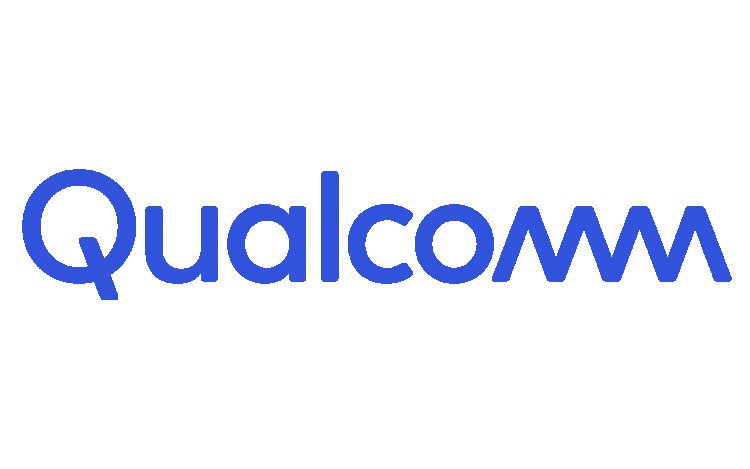
Qualcomm is a leader in the development and commercialization of foundational technologies for the wireless industry. The company has continued to play a leading role in developing system-level inventions that serve as foundations for 3G, 4G, and 5G wireless technologies which include CDMA (Code Division Multiple Access) and ODFMA (Orthogonal Frequency Division Multiple Access) families of technologies, LTE (Long Term Evolution), and 5G NR (New Radio) among others. The company also develops and commercializes numerous other key technologies used in mobile and other wireless devices, such as certain video and audio codecs, Wi-Fi, GPS (Global Positioning System), and Bluetooth. About 95% of the company's sales come from international customers.
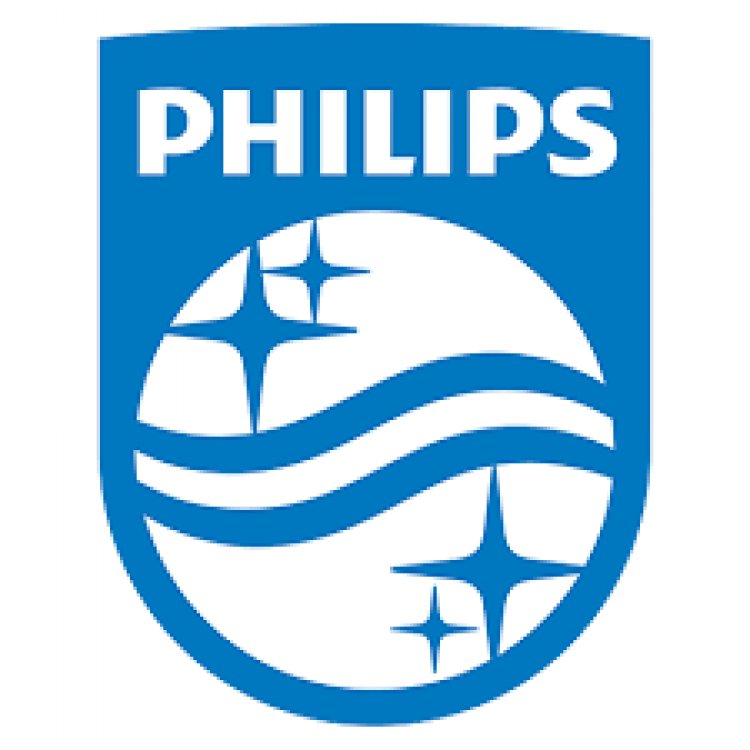
Philips is a leading health technology company focused on improving people’s health and enabling better outcomes across the health continuum from healthy living and prevention, to diagnosis, treatment, and home care. The company leverages advanced technology and deep clinical and consumer insights to deliver integrated solutions. The company is a leader in diagnostic imaging, image-guided therapy, patient monitoring, and health informatics, as well as in consumer health and home care.
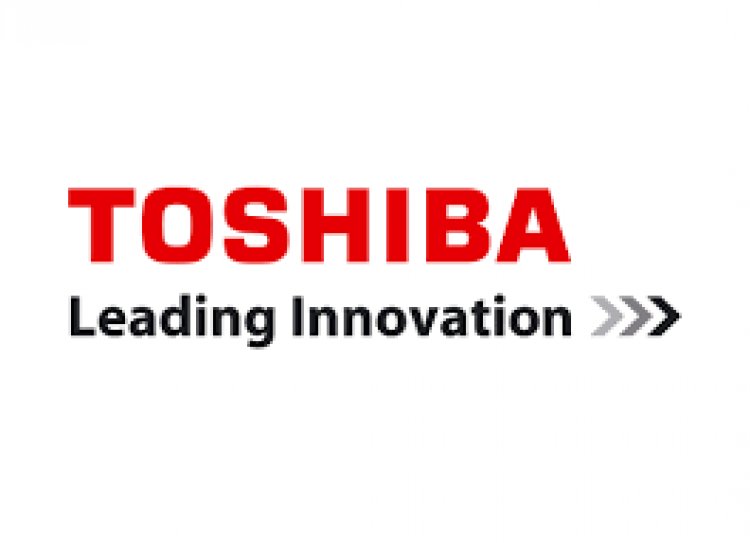
Toshiba is a Japan's major manufacturer and worldwide brand for decades. The company makes products for the industrial, infrastructure, and electronics markets. Its offerings include equipment and systems for large-scale power generation, renewable energy, water treatment, transportation and industrial infrastructure, microcomputer, storage drives, software, and devices for the Internet of Things. Toshiba's SCiB rechargeable batteries are used in electric vehicles and energy storage systems. Once a major consumer electronics provider, the company has focused more on business products and services in recent years. Almost 60% of the company's revenue comes from its domestic customers.
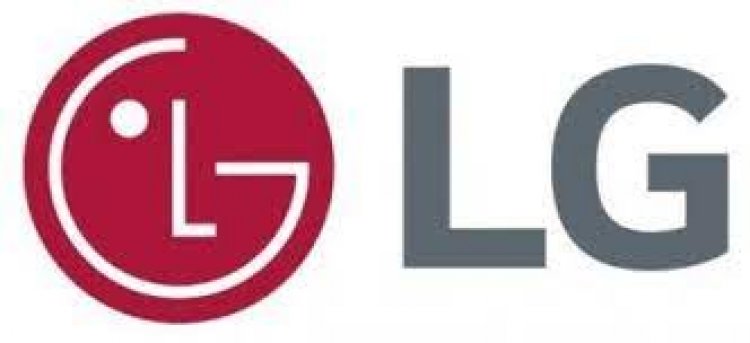
LG Electronics is a world-class company with innovative technologies in the fields of electronics and home appliances, making products found in the kitchen, in the media room, and on the go. A leader in consumer electronics, mobile communications, and home appliances, LGE operates in some 130 business sites worldwide that design and make flat-panel TVs, audio and video products, mobile handsets, air conditioners, washing machines, refrigerators, and more. About a third of LG Electronics is owned by South Korea's LG Corp. The majority of its sales were generated from outside its home country, Korea.
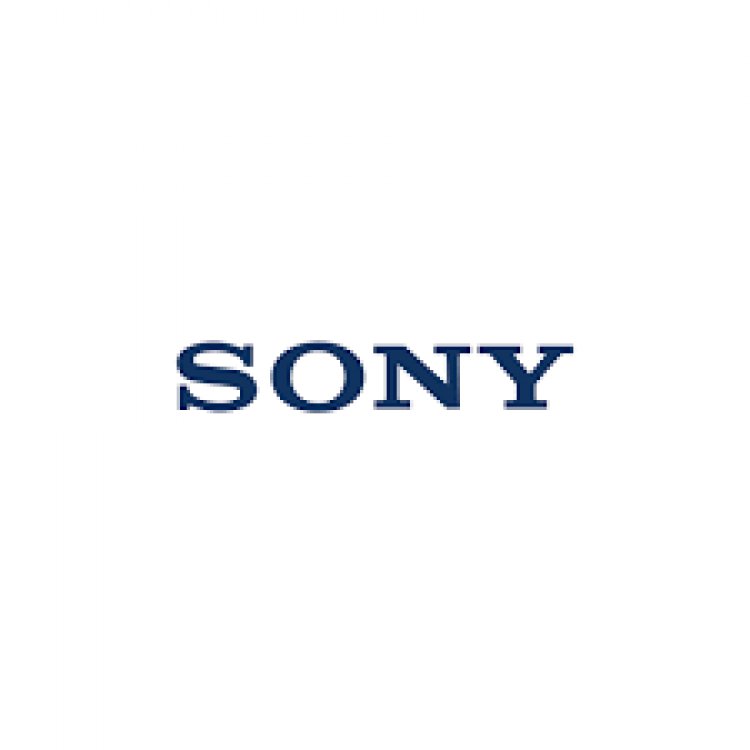
Sony Corporation of America, located in New York. The company is operated in research and development, engineering, sales, marketing, distribution, and customer service. Sony's business includes Sony Electronics Inc., Sony Interactive Entertainment LLC., Sony Pictures Entertainment Inc., Sony Music Entertainment, and Sony Music Publishing. Sony Electronics is a leading provider of audio/video electronics and information technology products for the consumer and professional markets. Sony Pictures Entertainment’s global operations encompass motion picture production, acquisition, and distribution; television production, acquisition, and distribution; television networks; digital content creation and distribution; operation of studio facilities; and development of new entertainment products, services, and technologies. Sony Music Entertainment is a global recorded music company with a roster featuring a broad array of both local artists and international superstars from label groups that include Columbia, RCA, Epic, Sony Music Nashville, and Sony Classical. Sony Music Publishing is the leading global music publisher, which is home to world-class songwriters, legendary catalogs, and industry-leading synchronization licensing and production music businesses.
Get Free Sample Here: https://www.vantagemarketresearch.com/low-power-next-generation-display-market-1238/request-sample
For More Information about each of these companies.
Vantage Market Research Report comes up with a detailed analysis of each major player in the industry. The Study provides Global market size & share, Emerging trends, In-depth analysis of key players, Development opportunities, Sales, Revenue Forecast.
